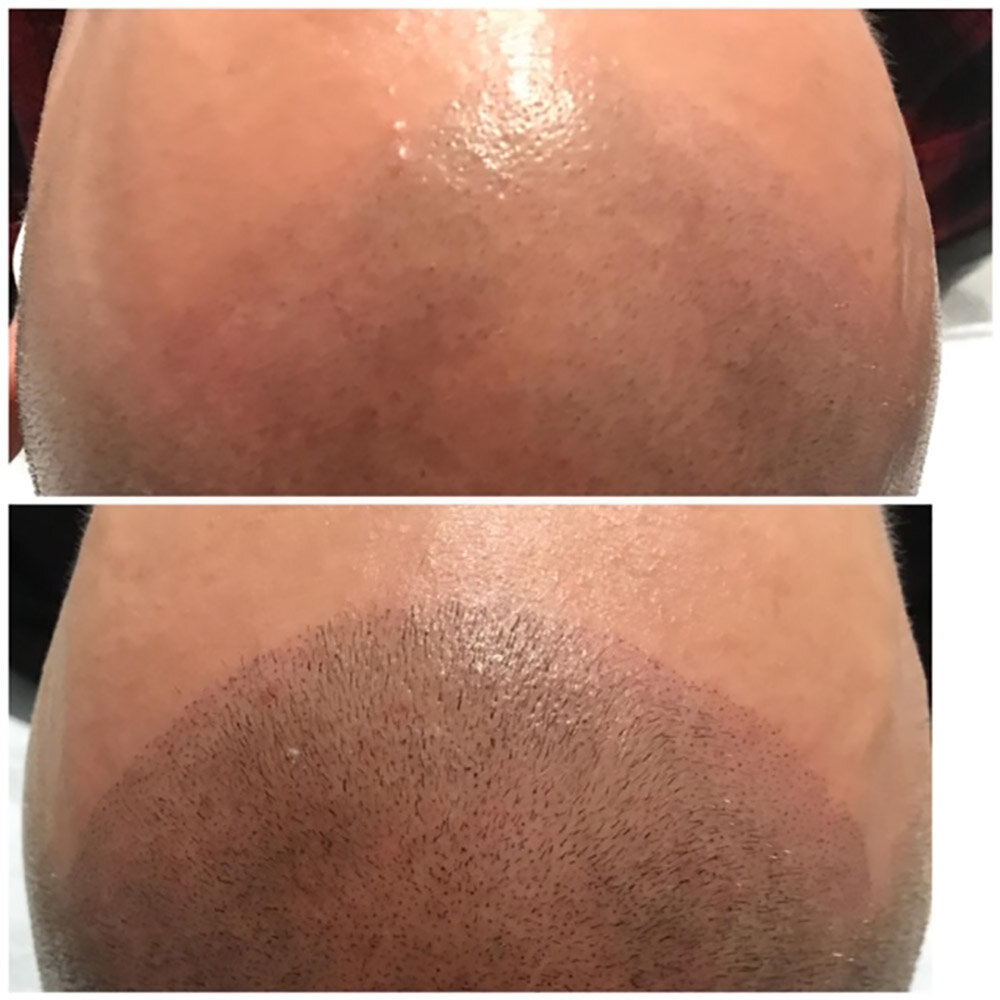The Promise of Hair Follicle Replication

Hair loss can be a frustrating and often distressing experience for many people. The impact on self-confidence and overall well-being can be significant, whether it’s due to genetics, age, or medical conditions. However, the hair follicle replication field offers new hope for those seeking solutions to their hair loss.
Understanding Hair Follicle Replication
Hair follicle replication is a cutting-edge technology that aims to create new hair follicles from existing ones. By harnessing the regenerative power of stem cells and advanced biotechnology, researchers are working towards replicating healthy hair follicles and transplanting them to areas affected by hair loss.
The Science Behind Hair Follicle Replication
To fully grasp the potential of hair follicle replication, it’s essential to understand the science behind it. Hair follicles are complex structures that contain various cell types, including stem cells, which play a crucial role in hair growth and regeneration.
The Role of Stem Cells
Stem cells are undifferentiated cells that can develop into specialized cell types. In the context of hair follicle replication, researchers are focusing on the use of stem cells derived from the patient’s own hair follicles or skin. These cells are then cultured and stimulated to multiply, creating a larger population of cells that can be used to generate new hair follicles.
The Replication Process
The process of hair follicle replication involves several steps. First, a small sample of the patient’s hair follicles is taken, usually from an area with healthy, growing hair. The stem cells are then isolated and cultured in a laboratory setting, where they are stimulated to multiply and differentiate into the various cell types that make up a hair follicle.
Once a sufficient number of cells have been generated, they are implanted into the areas affected by hair loss. The implanted cells then integrate with the surrounding tissue and begin to form new hair follicles, which can eventually grow hair.
Current Research and Advancements
Hair follicle replication is an active area of research, with scientists and researchers worldwide working to advance this technology. Here are some of the latest developments and advancements in the field:
Clinical Trials and Studies
Several clinical trials and studies are currently underway to evaluate the safety and efficacy of hair follicle replication in treating hair loss. These trials test different methods of cell isolation, culture, and implantation, as well as assess the long-term outcomes of the treatment.
Collaboration and Partnerships
Researchers are collaborating with various organizations and companies to accelerate the development of hair follicle replication technology. These partnerships bring together expertise from different fields, such as stem cell biology, regenerative medicine, and dermatology, to tackle the challenges and advance the field.
Potential Benefits and Applications
Hair follicle replication holds great promise for those seeking solutions to their hair loss. Here are some of the potential benefits and applications of this innovative technology:
Treating Various Types of Hair Loss
Hair follicle replication can potentially treat various types of hair loss, including male and female pattern baldness, alopecia areata, and scarring alopecia. This technology could help restore hair growth in affected areas by creating new hair follicles.
Personalized Treatment Approach
One of the key advantages of hair follicle replication is its personalized approach. Since the cells used for replication are derived from the patient’s hair follicles or skin, there is a lower risk of rejection or adverse reactions than traditional hair transplant procedures.
Improved Aesthetic Outcomes
Hair follicle replication aims to create natural-looking hair growth by generating new hair follicles indistinguishable from the patient’s existing hair. This could improve aesthetic outcomes and a more natural appearance than other hair loss treatments.
Challenges and Limitations
While hair follicle replication holds great promise, challenges, and limitations still need to be addressed. Some of these include:
-
Technical Hurdles
Replicating hair follicles’ complex structure and function is a significant technical challenge. Researchers are optimizing the cell culture and implantation processes to ensure new hair follicles’ successful integration and growth.
-
Long-term Outcomes
The long-term outcomes of hair follicle replication are still being studied. It’s essential to monitor patients over an extended period to assess the durability of the treatment and any potential side effects or complications.
-
Cost and Accessibility
As with many emerging technologies, hair follicle replication may initially be costly and less accessible to the general population. However, as the technology advances and becomes more widely adopted, it is hoped that the cost will decrease and accessibility will improve.
-
The Future of Hair Follicle Replication
As research and development in hair follicle replication continues, the future looks promising for those seeking solutions to their hair loss. Here are some potential future directions and implications of this technology:
-
Combination Therapies
Hair follicle replication may be combined with other hair loss treatments, such as medications or low-level laser therapy, to enhance its effectiveness and improve patient outcomes.
-
Scalability and Mass Production
As the demand for hair follicle replication grows, researchers are exploring ways to scale up the production process and make it more efficient. This could involve developing automated cell culture and implantation systems, allowing for treating more patients.
Broader Applications in Regenerative Medicine
The principles and techniques used in hair follicle replication may have broader applications in regenerative medicine. The ability to replicate and transplant complex structures like hair follicles could pave the way for treatments for other conditions involving tissue damage or loss.
Conclusion
Hair follicle replication represents a promising and exciting development in hair loss treatment. Cachet SMP researchers are working to regenerate hair follicles and promote hair growth in people with hair loss by utilizing stem cells and cutting-edge biotechnology.
While challenges and limitations remain to be addressed, the potential benefits of hair follicle replication are significant. As research continues and technology advances, it is hoped that this innovative approach by Cachet SMP will become a viable and accessible solution for those seeking to regain their confidence and improve their quality of life.





